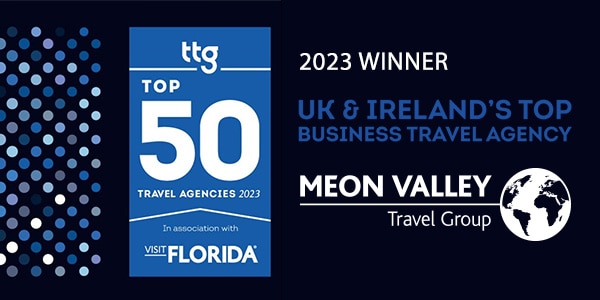It’s that time of year when experts start looking ahead to next year. Predictions are always of interest, but in travel, there are perhaps currently no experts, because Covid and the rise of the Omicron variant means a spreadsheet is about as much use as reading tea leaves when it comes to forecasting what 2022 will hold.
The end of 2021 saw the UK government raise hopes by confirming it would review travel restrictions early in the new year, but then in the same week a new variant of the virus emerged, with the red list reintroduced only a month after it was withdrawn.
A few weeks earlier, the reopening of the US borders and the tentative easing of restrictions in Australia brought signs of a return to normality, but the emergence of the new strain and a tightening of rules in countries like Switzerland and Austria plus the reduced pre-departure testing window in the US are setbacks this winter.
Speaking at the Airlines 2021 conference days before the red list was reintroduced, aviation and maritime minister Robert Courts said the government would be looking at “anything we can do” to simplify travel in the January review but added: “We have to balance protecting public health at the same time as protecting aviation.”
The red list lasted barely more than a few weeks, with there now seemingly to be an acceptance that it did nothing to stem the spread of Omicron, but PCR tests remain until at least January and Omicron means it is anyone’s guess as to what will now happen in 2022.
Travel’s recovery in the UK has lagged the rest of Europe, where the fully vaccinated have not had to test since July. The imposition of a PCR testing requirement in the UK is a setback, but more so for the leisure sector. Similarly, the new requirement by some countries of proof of a third booster jab will limit younger people from travelling in the short term but should not be a brake on the average corporate traveller.
Pre-Omicron and PCR testing, 2022 looked like the year the corporate world would start to move again, but in any case, there may be the attitude among some that the wait has gone on long enough.
The phrase ‘pent up demand’ was a familiar one in 2021; KLM chief executive Pieter Elbers reported a recovery of business travel after the summer, saying corporate travel demand was “somewhat higher” than leisure and adding: “This is not a crisis of demand, it’s a crisis of restrictions.”
Shortly before Omicron emerged, Google forecast business travel from the UK to recover to 70% of pre-pandemic levels, but cautioned that cost, trip complexity and sustainability would affect demand, together with the Zoom culture and health concerns.
It found 51% were now travelling for work in the UK, but only 8% had resumed international travel. Google estimated 40% of UK business travellers wanted to hit the road again, with 60% saying they wanted to travel domestically.
It predicted senior decision makers would take more control over travel with a ‘laser focus’ on ROI. Conversely, it tipped premium air travel demand to rise due to health and safety concerns.
If Google is correct and 92% of international corporate travel has yet to return, that’s quite some pent-up demand.
“As soon as they see their competitors having conversations with their clients, they will get back into the market,” predicted Paul Guerrieria, Google’s strategic insights lead.
Let’s hope so; meanwhile, those without restrictions on travel policy already have the freedom to move, with easyJet reporting it had taken corporate travel share because of its stronger mix of SMEs and those that simply must travel to do a physical job.

A few positives for the sector emerged in 2021, such as the setting up of the All-Party Parliamentary Group on Business Travel in September 2020, something that may not have happened without a pandemic.
Thanks to the efforts of organisations like the Business Travel Association, the public – and even some politicians – now have a tacit understanding of the value of corporate travel to the economy.
The BTA has spelt it out in simple figures. Using data provided by Travelogix it estimates that since May 2021, because of the restrictions, UK GDP has lost more than £110 billion measured across just 10 key business routes.
There can be no question about the need to get business travellers moving again. However, BTA chief executive Clive Wratten is cautious.
“I think we have to be realistic about 2022,” he said. “We know there is pent-up demand, international travel is essential for many businesses regardless of size. However, Omicron has significantly dented corporate confidence and it is going to take a lot of work to win that back.”
The GBTA is more optimistic, predicting a 36% ‘surge’ year on year in corporate travel in 2022. If so, it will meet global aviation capacity that data firm Cirium estimates is currently 30% down, making for a supply squeeze and the need for some nifty booking skills.
Whichever predictions are correct, the outlook, despite the setbacks at the end of 2021, must surely be more positive than the last two years. Things can – and will – only get better.






